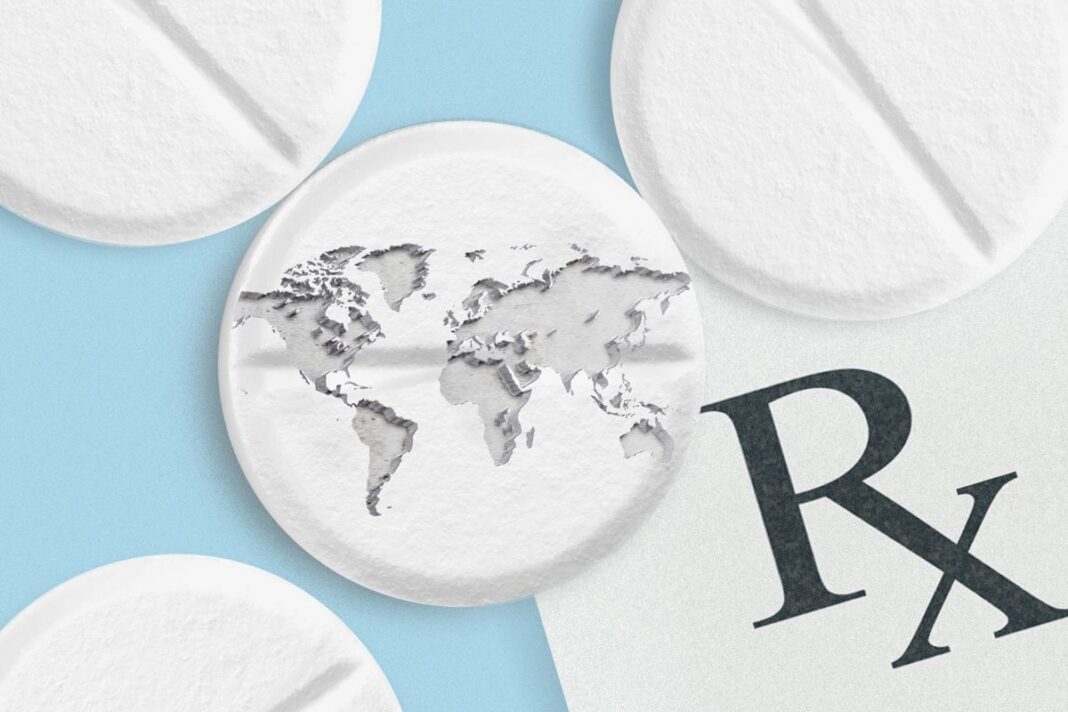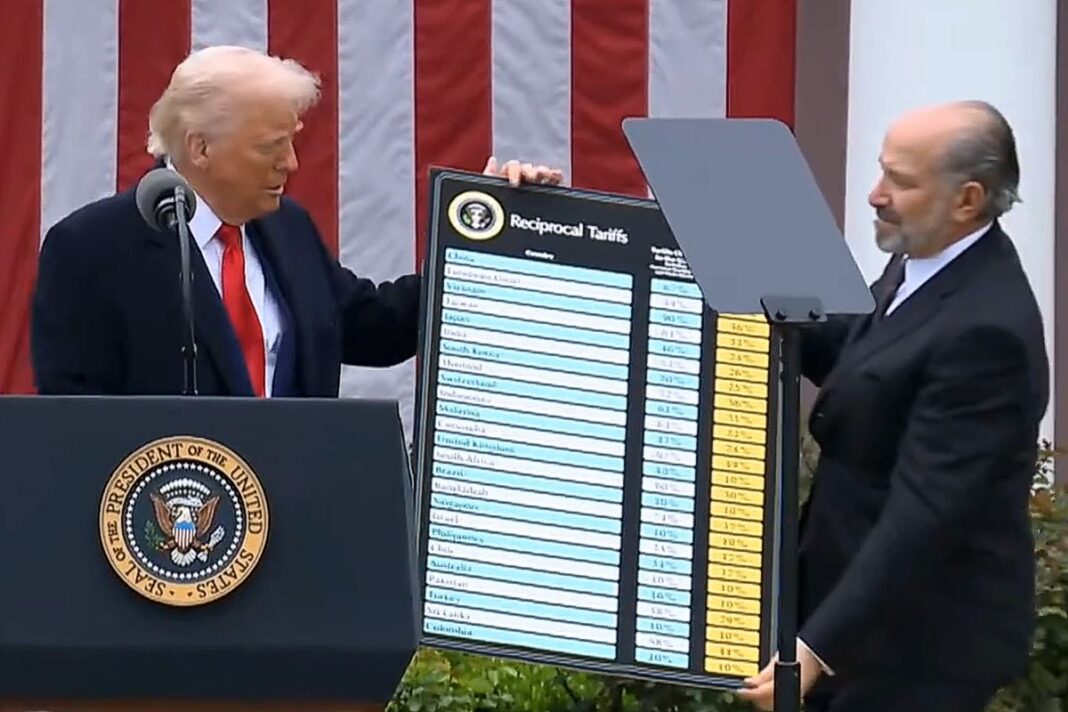Many countries leverage the buying power of their national health plans to gain low prices from manufacturers. But there are drawbacks to that approach.
Prescription drugs cost more in the United States than anywhere else in the world. President Donald Trump and some bipartisan senators want to change that.
Trump has so far issued several actions related to prescription drug prices. The latest, announced May 12, is a Most Favored Nation Prescription Drug policy, requiring pharmaceutical companies to offer their lowest price to U.S. customers.
An earlier order aimed to ensure that the middlemen in the drug supply chain can’t hold on to rebates provided by pharmaceutical companies and instead must pass savings on to Medicare beneficiaries.
In all, the president has taken at least a dozen actions to reduce prescription drug costs, while no less than nine Senate bills aim for the same results.
Some of these ideas have been introduced before.
Trump’s Most Favored Nation pricing plan was introduced near the end of his first term.
The plan was stalled by court challenges, and President Joe Biden dropped it shortly after taking office.
A plan to make vendors pass manufacturer discounts on to Medicare beneficiaries was proposed in 2020. Biden rescinded it before it took effect.
There have been modest successes, including a pilot program begun by Trump in 2020 to cap insulin costs for Medicare Part B beneficiaries at $35 per month. At the time, a single vial of insulin cost about $100 in the United States.
That program was a success, and the idea was later broadened to include all Medicare beneficiaries through the Inflation Reduction Act of 2022. By 2024, most major drug companies had voluntarily limited out-of-pocket expenses for insulin for all U.S. customers to $35.
Yet Americans still pay nearly three times as much for prescription medication as any peer nation, often even more.
Trulicity, a medication for Type 2 diabetics, was listed for $67 in France, according to a 2021 Government Accountability Report. In the United States, it cost $798.
Meanwhile, Remlivid, an oral cancer medication, was listed for $4,723 in Australia. In the United States, it was listed at almost five times that price: $22,048.








